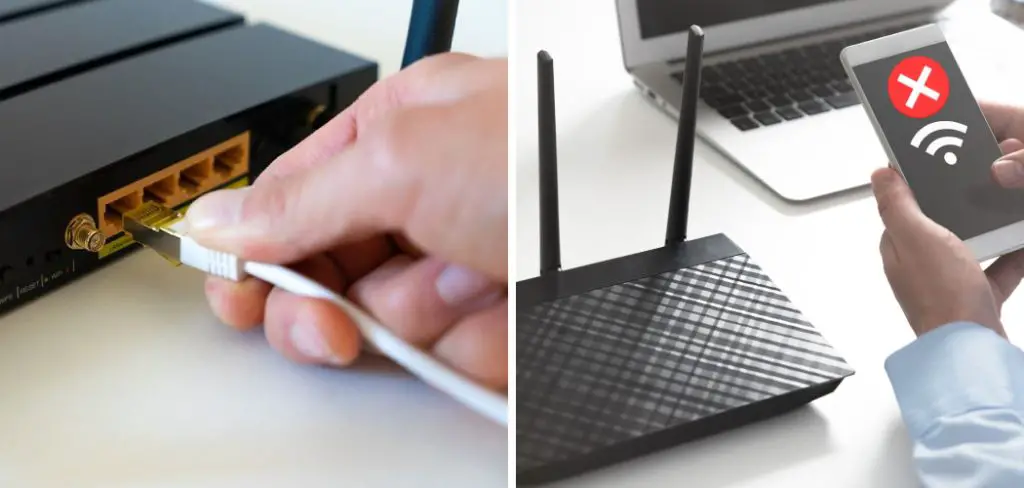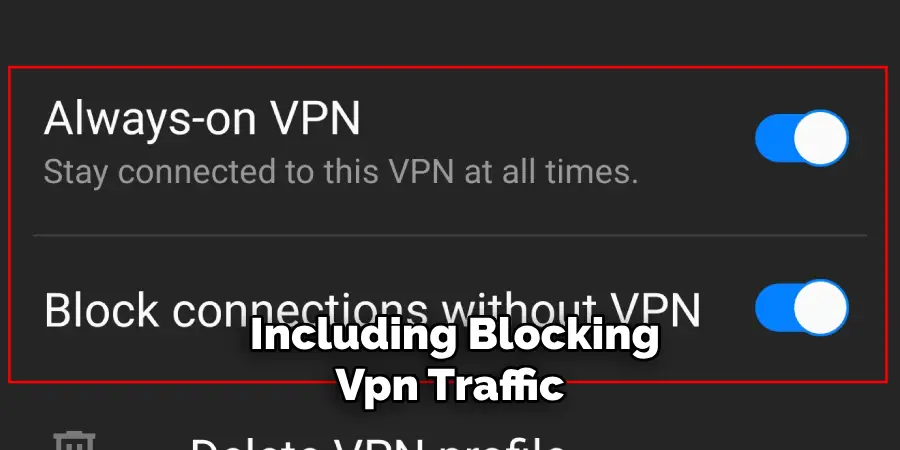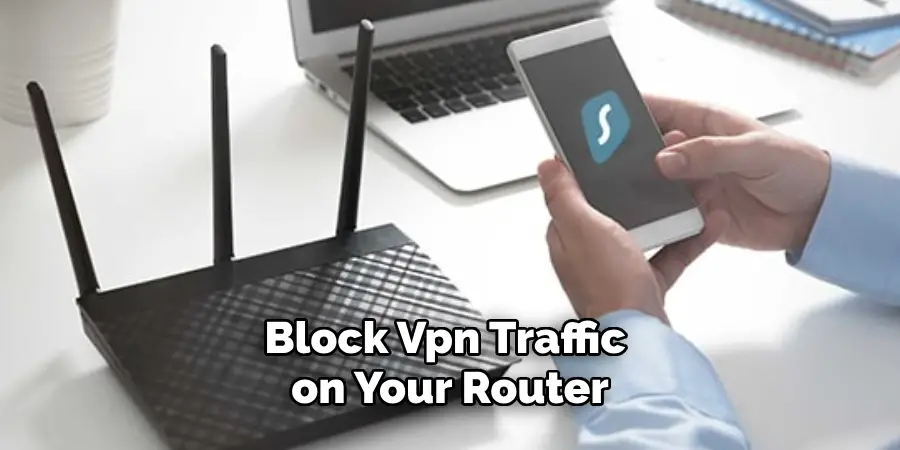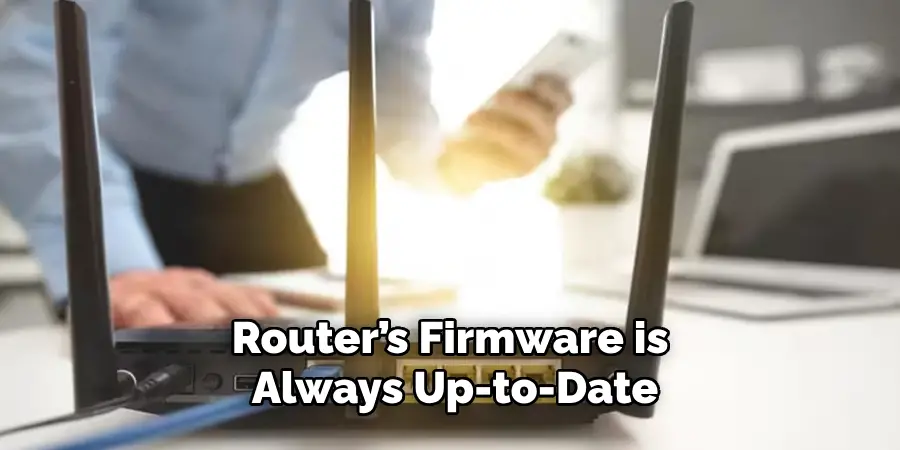In today’s digital age, Virtual Private Networks (VPNs) are commonly used to enhance privacy and security while browsing the internet. However, there are scenarios where you might want to block VPN access on your network. This could be to enforce usage policies, prevent circumvention of geo-restrictions, or maintain network security.

Blocking VPNs at the router level can be an effective solution to manage and control access, ensuring that all devices connected to the network comply with your set rules. This guide on how to block vpn on router will walk you through the necessary steps to block VPN usage on your router, helping you maintain the integrity and security of your network.
What is a VPN?
A Virtual Private Network (VPN) is a technology that allows users to create a secure connection over the internet, providing them with anonymity and privacy while browsing. It essentially creates a private tunnel between your device and the internet, encrypting all data transmitted through it.
VPNs are commonly used by businesses, organizations, and individuals to protect sensitive information from being intercepted or accessed by unauthorized parties. However, they can also be used for malicious purposes such as hiding illegal activities or bypassing restrictions set by networks.
Why Block VPN on Router?
Blocking VPN access on your router can serve various purposes, including:
Enforcing Usage Policies:
If you have a no-VPN policy in your organization or household, blocking VPNs at the router level ensures that all devices connected to the network comply with this rule.
Maintaining Network Security:
By blocking VPN access, you prevent potential threats from entering your network through unsecured connections.
Preventing Circumvention of Geo-Restrictions:

Some services, such as streaming platforms and online gaming networks, have regional restrictions in place. Blocking VPNs can prevent users from bypassing these restrictions and accessing content that is not available in their region.
8 Step-by-step Guidelines on How to Block Vpn on Router
Step 1: Determine your Router’s IP Address and Login Credentials
To begin, you need to know your router’s IP address and login credentials. These can usually be found on the bottom of your router or in the manual. If you cannot find them, you can contact your Internet Service Provider (ISP) for assistance.
The most commonly used IP addresses are 192.168.1.1 or 192.168.0.1. But, if your router’s IP address is different, it will be indicated in the manual or on the bottom of the device. You will also need login credentials, such as a username and password, to access your router’s settings.
Step 2: Access Your Router’s Settings
Once you have your router’s IP address and login credentials, open a web browser on a device connected to your network. Type the router’s IP address into the address bar and press Enter.

This action should take you to the router’s login page. Enter the username and password you obtained earlier to log in. If you are logging in for the first time, it’s advisable to change the default login credentials to enhance security.
After logging in, you will be directed to the router’s control panel or settings page, where you can configure various settings, including blocking VPN access.
Step 3: Locate the Firewall or Security Settings
After logging into your router’s control panel, navigate to the firewall or security settings. These settings are typically found in a section labeled “Security,” “Firewall,” or “Advanced Settings.”
The exact location and naming conventions may vary depending on your router’s model and manufacturer. If you are having difficulty locating these settings, refer to your router’s user manual or the manufacturer’s support website for specific instructions.
The firewall or security settings will allow you to customize various aspects of your network’s security, including blocking VPN traffic.

Step 4: Create a Firewall Rule
Once you have located the firewall or security settings, you will need to create a new firewall rule to block VPN traffic. Look for an option to add or create a new rule, which may be labeled as “Add New Rule,” “Create Rule,” or “Custom Rule.”
When creating the rule, you will need to specify certain parameters such as the protocol, port number, and IP address. Most VPNs use distinct port numbers and protocols for their operation, with some commonly used ports being 1194 (UDP) for OpenVPN, 4500 (UDP) for IPsec, and 1723 (TCP) for PPTP.
To block VPN traffic, set the action of the rule to “Deny” or “Block.” Enter the appropriate port numbers and protocols used by popular VPN services. Additionally, some advanced routers may allow you to block ranges of IP addresses associated with VPN servers.
After configuring these settings, save the rule and ensure it is enabled. This firewall rule will help prevent devices on your network from establishing VPN connections, ensuring compliance with your network policies.
If you’re unsure of the exact parameters to use, consult your router’s manual or support documentation for further guidance.
Step 5: Use Blacklisting/Whitelisting
In addition to creating firewall rules, you can further enhance your router’s security by using blacklisting or whitelisting methods. Blacklisting involves explicitly specifying which domains, IP addresses, or services to block, while whitelisting allows only certain trusted domains, IP addresses, or services to access your network.
To use blacklisting, navigate to the blacklist section within your router’s security or firewall settings. Here, you can input the specific IP addresses or domains associated with known VPN services that you wish to block.
This method ensures that any traffic originating from these sources is denied access to your network. Common domains and IP addresses for popular VPN providers can usually be found through a simple online search or by consulting cybersecurity resources.
However, keep in mind that this method may not be 100% effective as VPN providers may frequently change their IP addresses and domains to bypass blacklisting.
Step 6: Implement MAC Address Filtering

Another effective method to block VPN traffic on your router is by implementing MAC address filtering. Each device that connects to your network has a unique MAC (Media Access Control) address.
By configuring your router to restrict or allow certain MAC addresses, you can control which devices have the ability to connect to your network and use VPN services.
To set up MAC address filtering, navigate to the “MAC Filtering” or “MAC Address Control” section within your router’s security or advanced settings.
Here, you can add the MAC addresses of devices that you wish to allow or block. For added security, you might choose to allow only specific trusted devices to connect to your network, effectively preventing all other devices from using VPNs.
Step 7: Utilize DNS Filtering
DNS (Domain Name System) filtering is another useful method for blocking VPN access on your router. DNS filtering works by blocking connections to specific domains or IP addresses, effectively denying access to their services.
Many popular VPN providers use a limited number of servers and IPs to handle their traffic, making it easier to identify and block them using this method.

To utilize DNS filtering, navigate to the “DNS” or “Web Filter” section within your router’s security settings. Here, you can input the desired domains or IP addresses associated with known VPN services that you wish to block.
Similar to blacklisting, keep in mind that some VPN providers may frequently change their servers and IPs, rendering this method partially effective.
Step 8: Save and Enable Settings
After implementing your desired methods of blocking VPN traffic, remember to save your changes and enable the applied settings. Once enabled, these measures should prevent devices on your network from establishing connections with VPN services.
However, it’s always advisable to periodically review and update these settings as new VPN providers may emerge or existing ones may change their tactics to bypass security measures.
You can also consider using a combination of these methods for added security and effectiveness. Regularly monitoring your router’s security settings and staying up-to-date with cybersecurity trends will help ensure that your network remains protected from unauthorized VPN usage.
Additionally, educating yourself and others on the risks associated with using VPNs can greatly reduce the likelihood of their use on your network. Remember, prevention is always better than cure when it comes to securing your home or office network.
Additional Tips
Keep Firmware Updated:

Ensure your router’s firmware is always up-to-date. Manufacturers periodically release updates that fix security vulnerabilities and enhance functionality, including advanced options for blocking VPN traffic.
Monitor Network Traffic:
Use your router’s built-in traffic monitoring tools to keep an eye on data usage and traffic patterns within your network. Unusual spikes in data or suspicious connections may indicate the use of VPNs, helping you take prompt action to block them.
Employ Multi-Layered Security:
In addition to implementing route-level security measures, consider using other security tools such as antivirus software and firewalls on your individual devices for added protection against unauthorized VPN usage.
Train Employees/ Family Members:
Make sure everyone who has access to your network understands the importance of maintaining its security and adhering to company/family policies regarding VPN usage. Educating them about the risks associated with VPNs can go a long way in preventing their use without authorization.
Periodically Review Policies:
Review and update your network policies periodically, taking into consideration any new technologies or changes in cybersecurity threats that may require additional measures to block VPN traffic effectively.
With these tips on how to block vpn on router, you can enhance the security of your network and prevent unauthorized access through VPNs. By implementing these measures and staying vigilant, you can protect your sensitive data and maintain control over internet usage within your network.
Remember, securing your network is an ongoing process that requires constant attention and updates to stay ahead of potential threats. So, keep learning and adapting to ensure the safety of your digital environment.
Legal and Ethical Considerations

When implementing measures to block VPN traffic on your network, it is crucial to consider the legal and ethical implications. In some jurisdictions, restricting access to VPNs may be governed by specific regulations or laws, and violating these may result in legal consequences.
For instance, if you are managing a network within a corporate environment, ensure that your actions comply with company policies, industry standards, and applicable privacy laws. Informing users about the network policies and obtaining their consent where necessary is also a fundamental ethical practice.
Moreover, the ethical aspect of user privacy and autonomy should be considered. While blocking unauthorized VPN usage is intended to protect your network and sensitive data, it is important to balance this with respecting the privacy rights of your users.
Open communication about why such measures are in place and how data is managed and protected can help foster trust and transparency. In educational environments or workplaces, providing alternative secure solutions for legitimate remote access needs can address user concerns while maintaining security protocols.
By thoughtfully considering both legal requirements and ethical principles, you can implement effective VPN blocking measures that respect user rights and comply with relevant regulations.
Alternatives to Blocking VPNs
While blocking VPNs may be necessary in some cases, there are alternative strategies to manage and secure your network without outright banning their use. Here are a few alternatives:
Educating Users:
Sometimes, the best way to mitigate unauthorized VPN usage is through education. Inform your users about the risks associated with using unauthorized VPNs and the reasons why network security policies are in place. Providing comprehensive cybersecurity training can foster better understanding and compliance.
Implementing Network Access Controls:
Use network access controls to limit what devices and users can access, ensuring that only authenticated and authorized individuals can connect to critical parts of your network. This can mitigate the need for VPNs while maintaining network security.
Providing Secure Remote Access Solutions:
Offer secure alternatives for remote access, such as Virtual Private Network (VPN) solutions sanctioned and managed by your IT department. Utilizing secure, company-approved VPNs can address users’ need for safe remote connections while keeping your network secure.
Whitelisting and Blacklisting Applications:
Rather than blocking VPNs outright, you can whitelist and blacklist specific applications and websites. This prevents unauthorized access to critical resources while allowing necessary applications to function without disruption. Device management platforms can help automate and enforce these policies.
Enhancing Authentication Methods:
Implement stronger authentication methods, such as multi-factor authentication (MFA), to secure access to your network. This provides an additional layer of security, ensuring that only legitimate users can access sensitive information, even if they are using a VPN.
Monitoring and Alerting:
Deploy advanced monitoring tools to detect and respond to suspicious activities in your network. By setting up alerts for unusual traffic patterns that might indicate VPN usage, you can proactively address potential security risks without banning VPNs altogether.
Promoting a Culture of Security:
Create an organizational culture that prioritizes security. Encourage open communication about cybersecurity challenges and solutions and reward adherence to security protocols. When users feel involved and responsible for network security, they are less likely to use unauthorized VPNs.
By considering these alternative strategies, you can maintain robust network security while addressing the legitimate needs of your users. This balanced approach can lead to a more secure and user-friendly environment.
Frequently Asked Questions
Q: Will These Methods Work for All Routers and Network Devices?
A: These methods may vary depending on the make and model of your router or network device.
It’s best to consult your specific device’s manual or support documentation for detailed instructions on implementing these measures. Additionally, some routers may not have all the features discussed, so you may need to consider using alternative methods or investing in a more advanced router with robust security settings.
Q: Can I Still Use VPN Services After Implementing These Methods?
A: Yes, it is possible to still use VPN services on your network after implementing these measures. However, it will require additional effort and expertise to bypass these security measures. By regularly updating your security settings and staying informed about new VPN tactics, you can effectively prevent unauthorized usage of VPN services on your network.
Q: Are There Any Drawbacks to Blocking VPN Traffic?
A: While blocking VPN traffic can enhance the security of your network, it may also restrict legitimate usage of VPNs for remote work or accessing geographically restricted content.
Additionally, some VPN services offer enhanced security features such as encryption and malware protection that can be beneficial for users. It’s important to carefully consider the potential drawbacks and benefits before implementing these measures on your network.
Q: Is Blocking VPN Traffic Legal?
A: Yes, it is legal to block VPN traffic on your network. Many organizations, particularly in sensitive industries like banking or healthcare, have strict policies prohibiting the use of VPNs on their networks. However, it’s always advisable to consult with legal experts to ensure compliance with any applicable laws or regulations in your region.
Overall, blocking VPN traffic is a proactive step towards safeguarding your network from potential security threats. By combining these measures with other cybersecurity practices, you can create a robust defense against unauthorized VPN usage on your network. So, stay vigilant and keep your network secure.
Conclusion
In conclusion, blocking VPN access on your router can be an effective way to enforce network policies and enhance security.
By following the steps outlined in this guide on how to block vpn on router, you can easily configure your router’s settings to block VPN traffic and prevent unauthorized usage. Remember to regularly review and update your security measures, as well as educate yourself and others on the potential risks associated with using VPNs.
With these precautions in place, you can ensure a secure and compliant network for your home or office. So, it is always recommended to follow the above steps and take necessary actions if any unwanted access happens.
Finally, securing our networks is an ongoing process that requires vigilance and proactive measures to stay protected against evolving threats. So, stay updated and be vigilant! Keep browsing safely without compromising your network’s security! Happy networking!!
